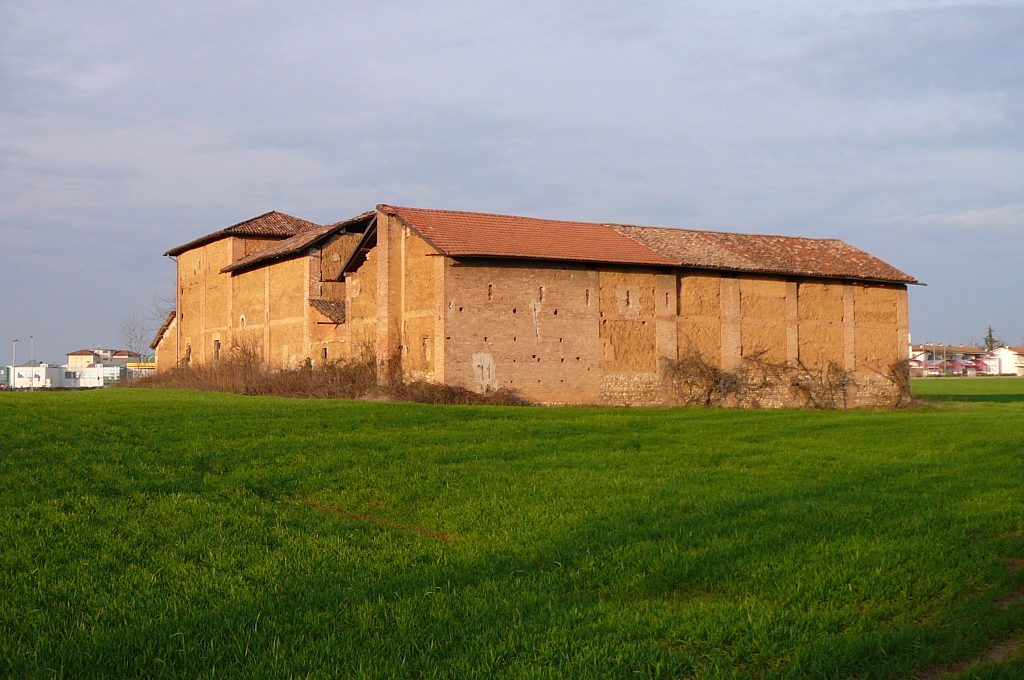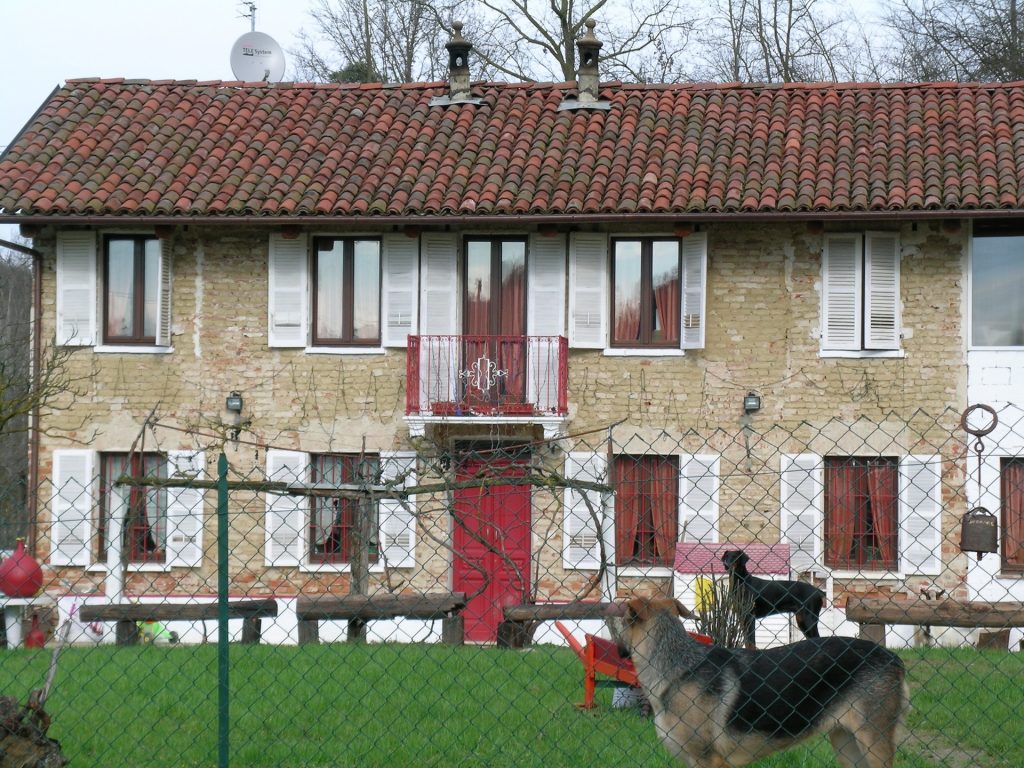EVER-EARTH
Enhancing VERnacular EARThen Heritage
what we do
Vernacular architecture is the successful result of centuries of progressive improvements, adaptations of the construction culture to environmental conditions, local resources availability and social constraints. Unfortunately, nowadays, this heritage is threatened
with extinction everywhere.
Preserving and transmitting material testimonies, as well as technical knowledge, are the fundamental actions needed to safeguard the vernacular constructive culture, therefore, its values of civilisation. However, these actions are
strictly connected to the recognition of its tangible and intangible values, and to the identification of sustainable intervention methods, in order to safeguard it from anthropic (the lack of maintenance, decay, inappropriate interventions, people’s perception, etc.), natural-related conservation problems (as water and wind erosion, earthquakes, etc.). The numerous earthen constructions in several countries are an integral part of the vernacular heritage. Widely spread in many countries all over the world, earthen constructions constitute a testimony of knowledge, skills, and human adaptation to a specific natural habitat.
Nonetheless, this heritage is today at risk worldwide. On the one hand, considered unhealthy and unsafe, and incompatible with the concept of modernity, earthen vernacular architectures have been gradually abandoned. On the other hand, the push for modern building techniques has impacted the transmission of knowledge and skills, thus causing the lack of maintenance or unsustainable interventions.
The Enhance VERnacular EARThen Heritage (EVER EARTH) project intends to examine the strengths and weaknesses of the actions implemented so far to safeguard and promote the reuse of vernacular earthen architecture and to propose versatile intervention methodologies that can be replicated in other contexts. In this perspective, it is of particular interest to analyse the situation in Piedmont, which is characterised by the presence of a rich earthen heritage and has been the protagonist of specific interventions of preservation and recovery, thanks not only to the work of cultural associations but also to the issuing of regional law 2/2006.
More than 15 years after its enactment, it is important and useful not only to evaluate the results of the interventions carried out and to capitalise on the results but also to study in-depth the risks to which the earthen heritage is subjected and to outline strategies that, applicable also in other contexts and for similar heritage, will contribute to the effective conservation and reuse of architecture and the rural landscape in line with the missions “Digitalisation, innovation, competitiveness, culture and tourism” and “Green revolution and ecological transition” of the National Recovery and Resilience Plan.



who we are
TWO UNIVERSITIES,
ONE RESEARCH CENTRE

The POLITO research unit (RU1) has two complementary skills – humanistic and technical – that are both essential for the project. Architects, engineers and sociologists will collaborate to deepen the knowledge of the earthen heritage, evaluate both its state of conservation and natural and anthropic vulnerability. It will also cooperate in the design of the multidisciplinary methodology aimed at preservation, recovery and enhancement of the earthen heritage.
team members:
MATTONE M., DAVICO L., FASANA S., MAZZOGLIO P., THIEBAT F., ZERBINATTI M.

The research unit of CNR (RU2) involves a multidisciplinary team with different skills. It will deal with the following activities: the survey of the state of conservation and the identification of the decay phenomena, the systematization of historical data, the analysis of compatibility of the intervention materials and the proposal of sustainable conservation solutions through the definition of protocols
team members:
RESCIC S., CERATO I., LUVIDI L., OCCHILUPO G., SACCHI B.

The UNIFI research unit (RU3), with specific expertise in structural analysis, vulnerability assessment and conservation practices will work on both the vulnerability assessment analysis of the earthen built heritage and the drafting of an intervention methodology for its structural improvement.
team members:
MISSERI G., DIPASQUALE L., ROVERO L.
